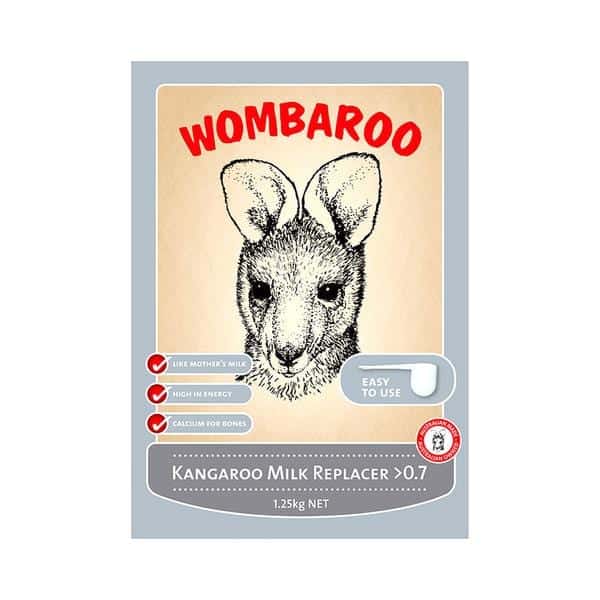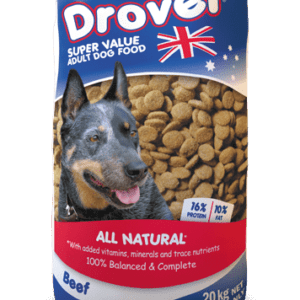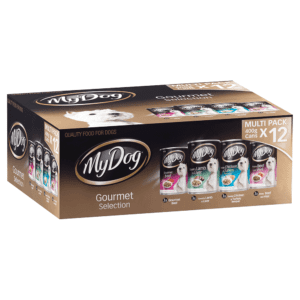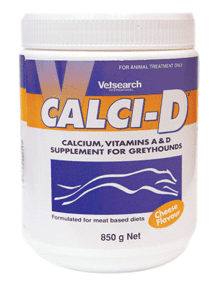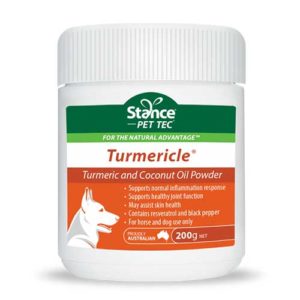Description
Joeys at this stage have short to dense fur, and look like a miniature adult. Joeys may begin grazing from pouch and making use of some green feed. They soon emerge from the pouch and solid food plays an increasingly large part in the diet. Faeces soft to firm green pellets.
Key Features
- Specifically formulated to match the composition of late lactation kangaroo milk.
- High energy (fat content) milk, to cater for increased activity levels.
- Low in carbohydrate to aid in digestion and assist weaning onto solid foods.
- High levels of protein to coincide with the peak growth rate.
Ingredients
Ingredients
Whole milk solids (low lactose), whey protein, casein, vegetable oils, omega-3 & 6 fatty acids, vitamins A, B1, B2, B3, B5, B6, B9, B12, C, D3, E, K, biotin, choline, calcium, phosphorus, potassium, sodium, magnesium, zinc, iron, manganese, copper, iodine, selenium.
Typical Analysis
| Protein |
30% |
| Fat |
42% |
| Ash |
5% |
| Moisture |
3% |
| Energy (ME) |
25 MJ/kg |
Feeding Guides
Use Kangaroo Milk Replacer >0.7 when joeys are fully-furred, emerging from the pouch and beginning to wean onto solid food.
Impact Colostrum Supplement may be fed to enhance the immune system.
Making up Milk
To make 100mL of milk: Mix 25g of powder (3½ scoops) with 80ml of warm water.
To make 1 litre of milk: Mix 250g of powder with 800ml of warm water.
Add about half the water to the powder first and mix to a paste. Then make up with remaining water and mix thoroughly. Water is preboiled to ensure that it is sterilised. If the water is too hot it can cause the milk to curdle. If it is too cold then it will be difficult to disperse the powder. Wombaroo contains elevated fat levels, so the milk needs to be well mixed to prevent it from separating out. An electric whisk can be used for mixing larger quantities. Milk can be stored in the fridge for a day or can be frozen for up to 2 weeks. It may be useful to store frozen milk in small portions (e.g. ice cube trays), so that the required daily feed volumes can be easily thawed out. Once thawed out, discard any unused milk, and wash feeding utensils thoroughly.
Feeding Guide
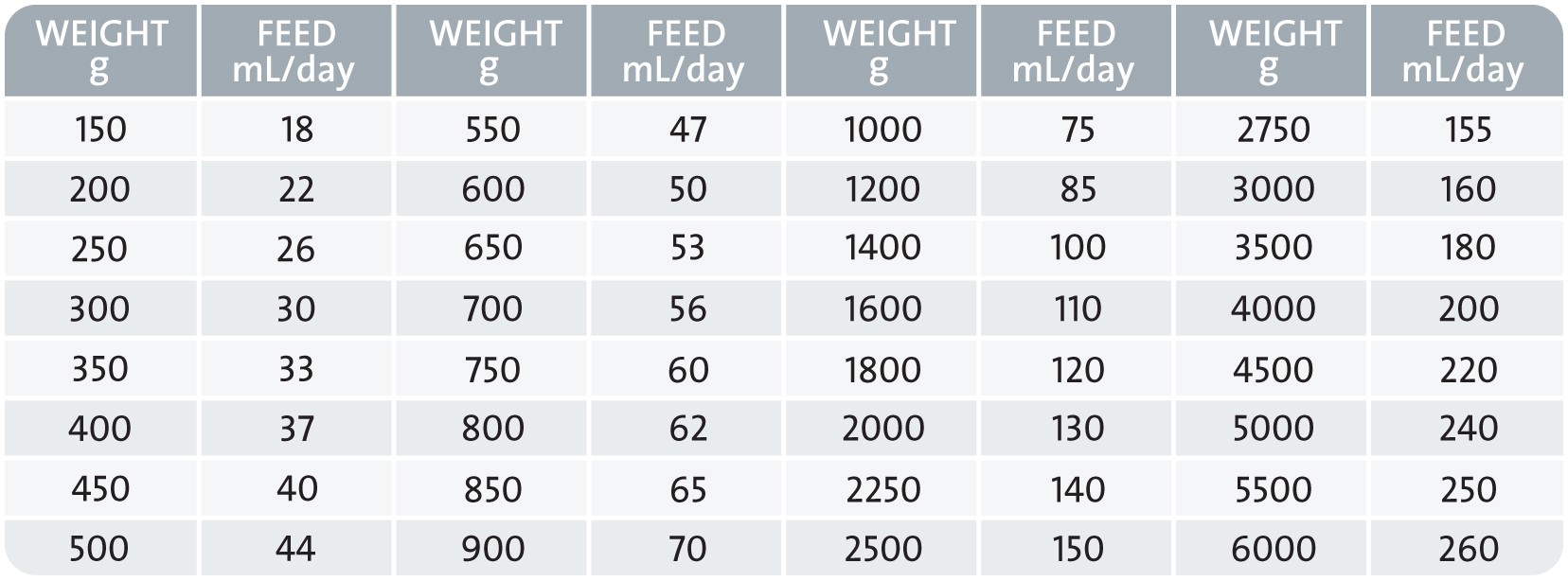
Warm milk to about 30°C and feed using a bottle and teat. A Wombaroo TM or FM Teat is recommended for out-of-pouch kangaroos and wallabies. Feed around 4 times per day for joeys with an Age Factor >0.7, reducing this to twice a day after full pouch emergence, when sufficient solid food is being consumed. If the joey is showing signs of dehydration (e.g. during hot weather), give extra drinks of water between feeds. Joeys dehydrate rapidly if not maintained under optimum husbandry conditions. Water should always be available ad lib once joeys begin to emerge from the pouch and become more active. Joeys should also have ad lib access to fresh grass and browse at this stage. Consult your veterinarian or experienced carer for further information about husbandry and feeding of joeys.
Growth
Different species of macropods grow at different rates. Refer to the Wombaroo growth charts for guidelines for various species of kangaroos and wallabies. Weigh joeys regularly to verify weight gains and determine the volume of milk to feed. Overfeeding milk can cause diarrhoea so feed the suggested volumes in our tables.
Using The Good Oil for Animals
In some cases macropods in late lactation may be mal-nourished and require additional weight gain, prior to weaning. In this situation, The Good Oil for Animals may be useful to increase the fat content in milk and provide additional energy in the diet. Use at the rate of 5mL added per 100mL of milk formula and mix in thoroughly. Introduce gradually to avoid digestive upset. Do not over-supplement, as this will dilute the concentration of other nutrients in the milk and may lead to nutritional imbalance.
Weaning
Once a joey leaves the pouch it begins to eat more solid food and becomes less reliant on milk. The amount of milk fed will depend on the quantity and nutritional value of other food eaten. Joeys should be weaned at about 1.3 – 1.5 times the joey’s pouch life. For example a Grey Kangaroo has a pouch life of 320 days, so should be fully weaned by about 450 days. Macropods should be weaned on to solid foods that form part of the natural diet of the adult of the species. Wombaroo Kangaroo Pellets can be used as an ideal supplement to wean joeys and may be used as part of the diet of captive adult animals.

